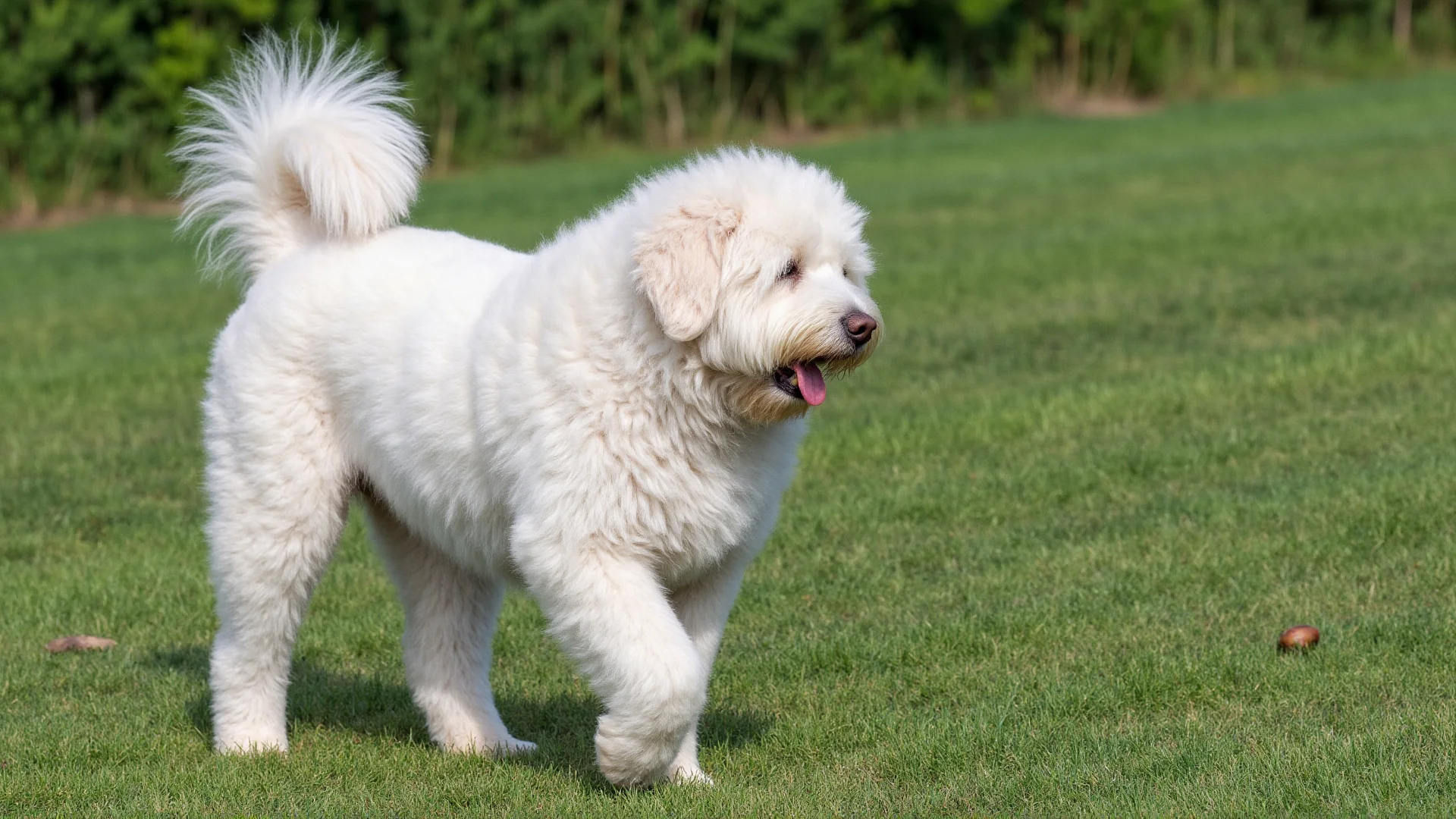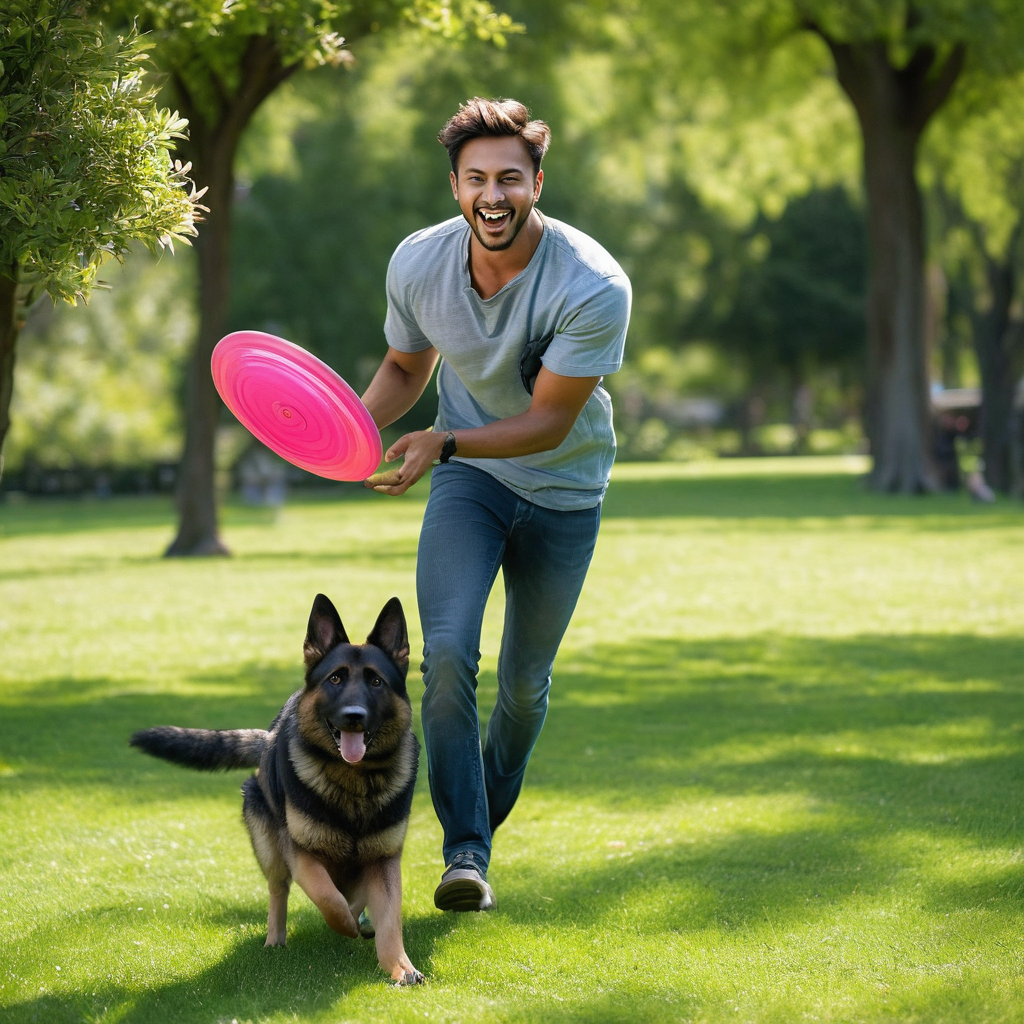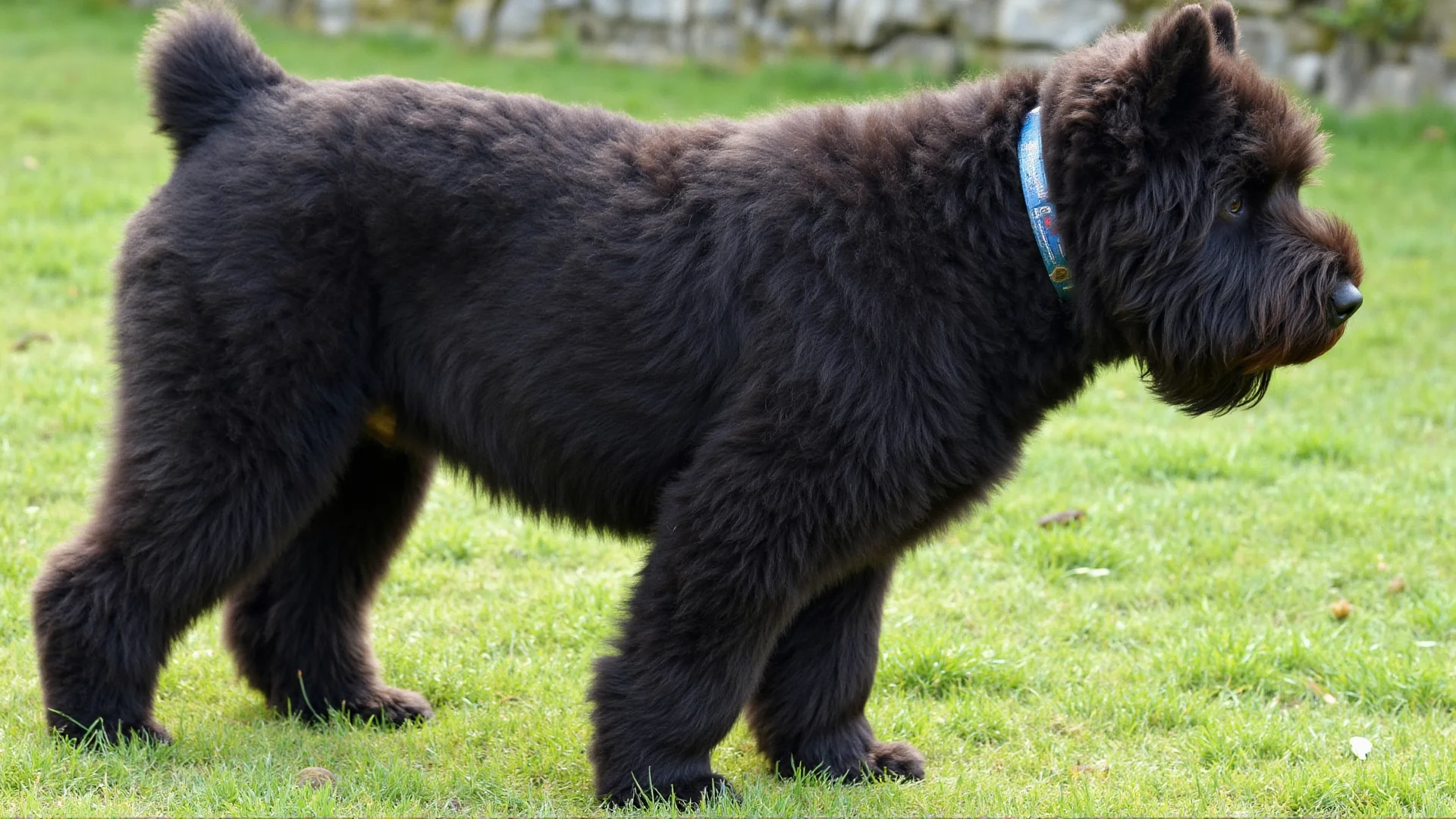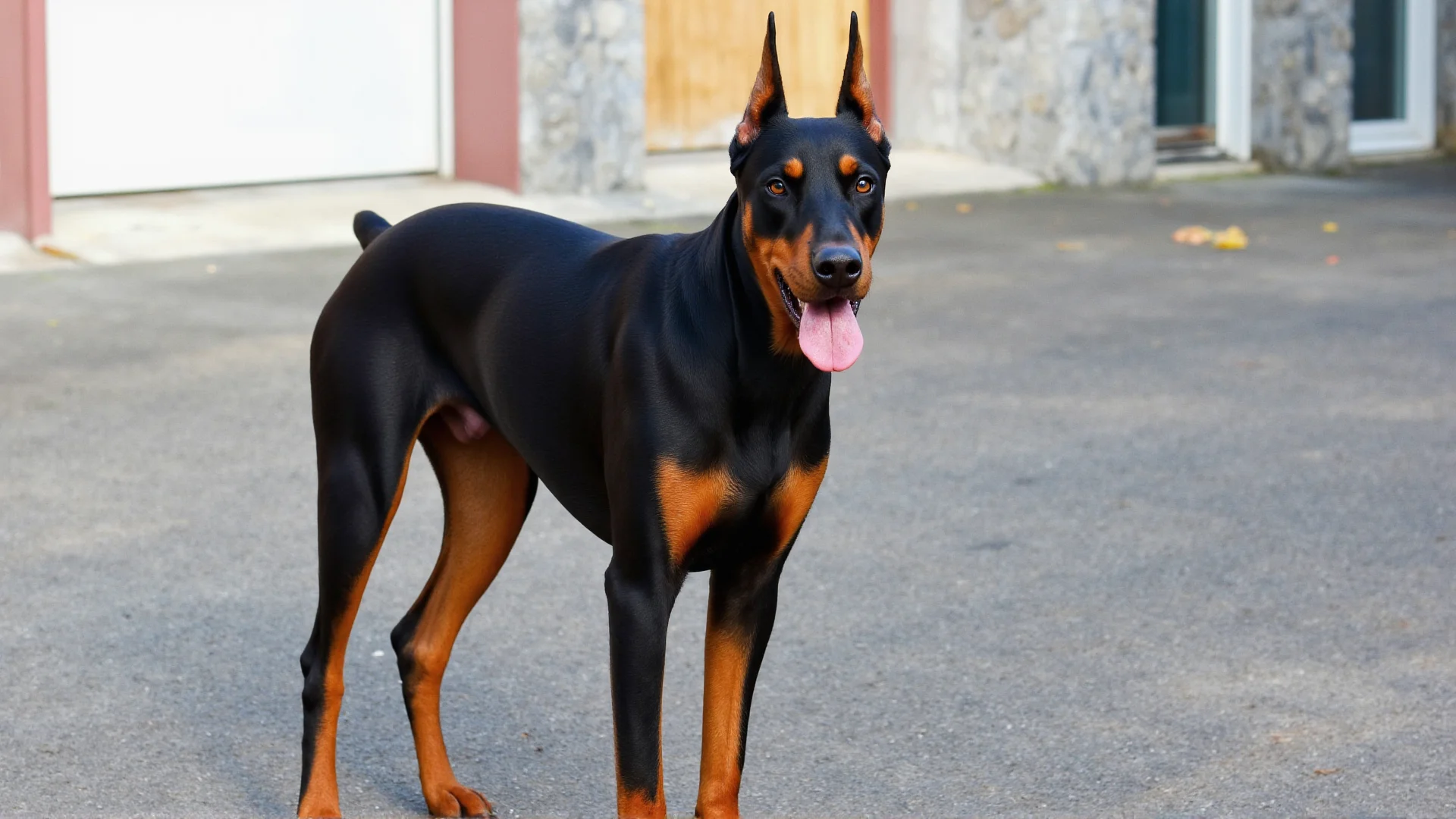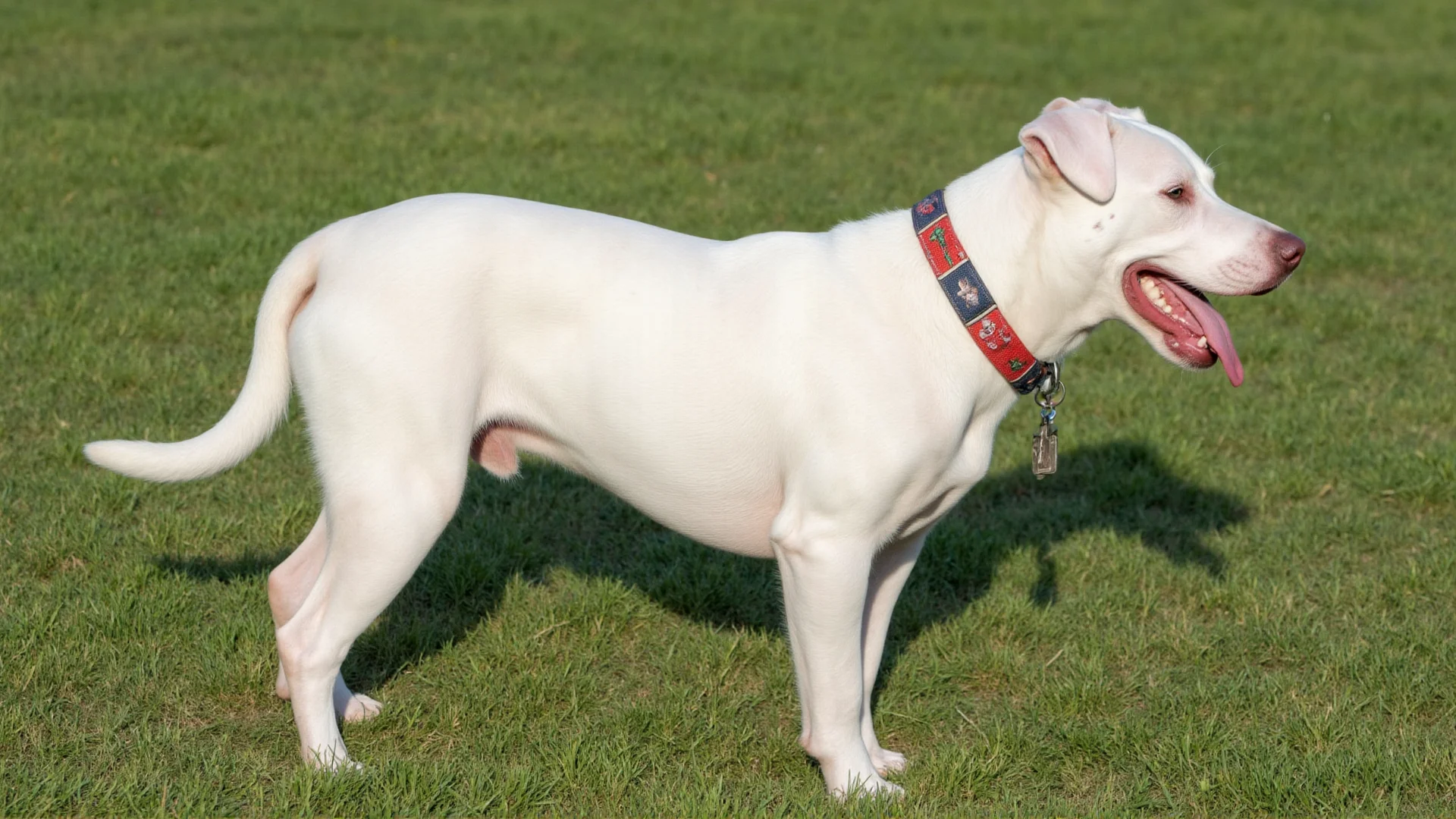The Komondor: Everything You Need to Know About This Legendary Working Guardian
The Komondor stands as one of the most distinctive and impressive working dogs in the world. With their iconic corded coat that resembles a living mop and their fierce dedication to protecting their charges, these Hungarian giants have been guarding livestock for over a thousand years.
Ancient Origins and Working Heritage
The Komondor's story begins in the harsh landscapes of medieval Hungary, where Magyar tribes brought these remarkable dogs around 1000 AD. Originally developed to guard sheep against wolves and human thieves, the Komondor's working ability has been refined through centuries of selective breeding for function over form.
These dogs were so valued that Hungarian shepherds would often trade them for an entire year's wages. The breed's population severely declined during World War II, nearly reaching extinction, but dedicated breeders worked tirelessly to preserve this ancient working lineage.
Physical Characteristics and the Famous Corded Coat
The Komondor is a large, powerful dog with males standing 27.5 inches or taller and weighing 100-130 pounds, while females are slightly smaller at 25.5 inches and 80-110 pounds. Their most striking feature is undoubtedly their white, corded coat that develops naturally as the puppy coat matures.
Understanding the Cord Development
The cording process begins when the puppy is around 8-12 months old. The soft undercoat becomes trapped by the coarser outer coat, forming the characteristic cords. This process requires careful management from owners to prevent matting and ensure proper cord formation.
The corded coat serves multiple practical purposes in their working role:
- Weather protection in harsh climates
- Camouflage among sheep flocks
- Protection from predator bites and scratches
- Insulation against both heat and cold
Working Temperament and Guardian Instincts
The Komondor possesses an independent, thinking temperament that was essential for their original working role. Unlike herding breeds that move livestock, Komondors are livestock guardian dogs (LGDs) that live with and protect their charges from predators.
Key Working Traits
Protective Instincts: Komondors are naturally suspicious of strangers and will position themselves between threats and their protected flock or family. This isn't aggression but rather calculated assessment and deterrence.
Independent Decision Making: Working alone on vast pastures, these dogs learned to make split-second decisions without human guidance. This independence can be challenging for inexperienced owners but is crucial for their working effectiveness.
Calm Authority: A well-bred Komondor displays quiet confidence. They don't seek out confrontation but won't back down when their territory or charges are threatened.
Modern Working Applications
Today's Komondors continue to excel in their traditional role as livestock guardians, but they've also adapted to modern working situations:
Livestock Protection
Many farms across North America and Europe employ Komondors to protect sheep, goats, cattle, and poultry from predators including coyotes, wolves, mountain lions, and bears. Their presence alone often deters predators, reducing livestock losses significantly.
Property and Estate Guardian Work
Their natural territorial instincts make them excellent property guardians for large estates, farms, and rural properties. They patrol boundaries and alert owners to any unusual activity.
Conservation Projects
Some conservation programs use Komondors to protect endangered species from predation while allowing natural grazing patterns to continue.
Training the Working Komondor
Training a Komondor requires understanding their independent nature and working heritage. Traditional obedience training methods often fail with this breed, requiring a more nuanced approach.
Early Socialization
Proper socialization is critical but must be balanced with maintaining their natural guarding instincts. Expose puppies to various people, animals, and situations while respecting their developing protective nature.
Respect-Based Training
Komondors respond best to training methods that respect their intelligence and independence. Harsh corrections or dominance-based methods can damage the trust essential for a working relationship.
Boundary Training
Teaching clear boundaries is essential for working Komondors. They need to understand their territory and what they're expected to protect without becoming overly territorial or aggressive.
Care and Maintenance Requirements
Coat Care for Working Dogs
The corded coat requires special attention, especially for working dogs exposed to outdoor elements:
- Regular Separation: Cords must be separated by hand to prevent matting, typically every few weeks
- Drying: Wet cords can take hours to dry completely and may develop odor if not properly managed
- Debris Removal: Working dogs often collect burrs, twigs, and other debris in their coats
- Bathing: Less frequent but thorough bathing, with complete drying essential
Exercise and Mental Stimulation
While not high-energy dogs, Komondors need adequate physical exercise and mental stimulation. Working dogs naturally get this through their guardian duties, but pet Komondors require structured activities.
Health Considerations
Generally healthy, but like all large breeds, Komondors can be prone to:
- Hip dysplasia
- Gastric bloat (GDV)
- Skin issues if coat isn't properly maintained
Is a Komondor Right for Your Working Needs?
Komondors aren't suitable for every situation. Consider these factors:
Ideal Situations
- Large properties with livestock to protect
- Experienced dog owners who understand guardian breeds
- Rural or semi-rural environments
- Owners committed to proper coat maintenance
Challenging Situations
- Urban environments with close neighbors
- Homes with frequent visitors or high foot traffic
- Owners seeking a highly obedient, traditional companion dog
- Situations requiring off-leash reliability in public spaces
Finding Working-Quality Komondors
When seeking a Komondor for working purposes, research breeders who:
- Health test breeding stock
- Maintain working bloodlines
- Can provide references from other working dog owners
- Understand livestock guardian dog temperament and training
- Offer ongoing support and guidance
